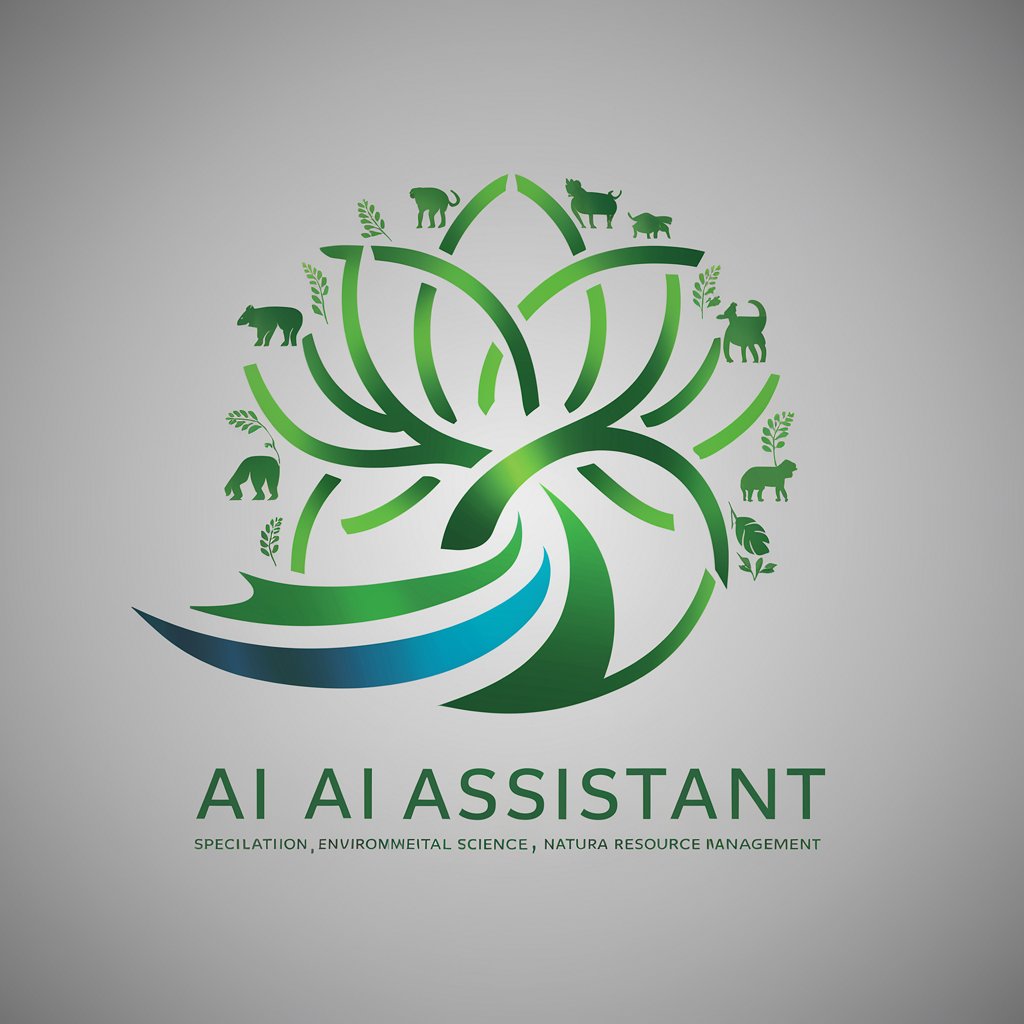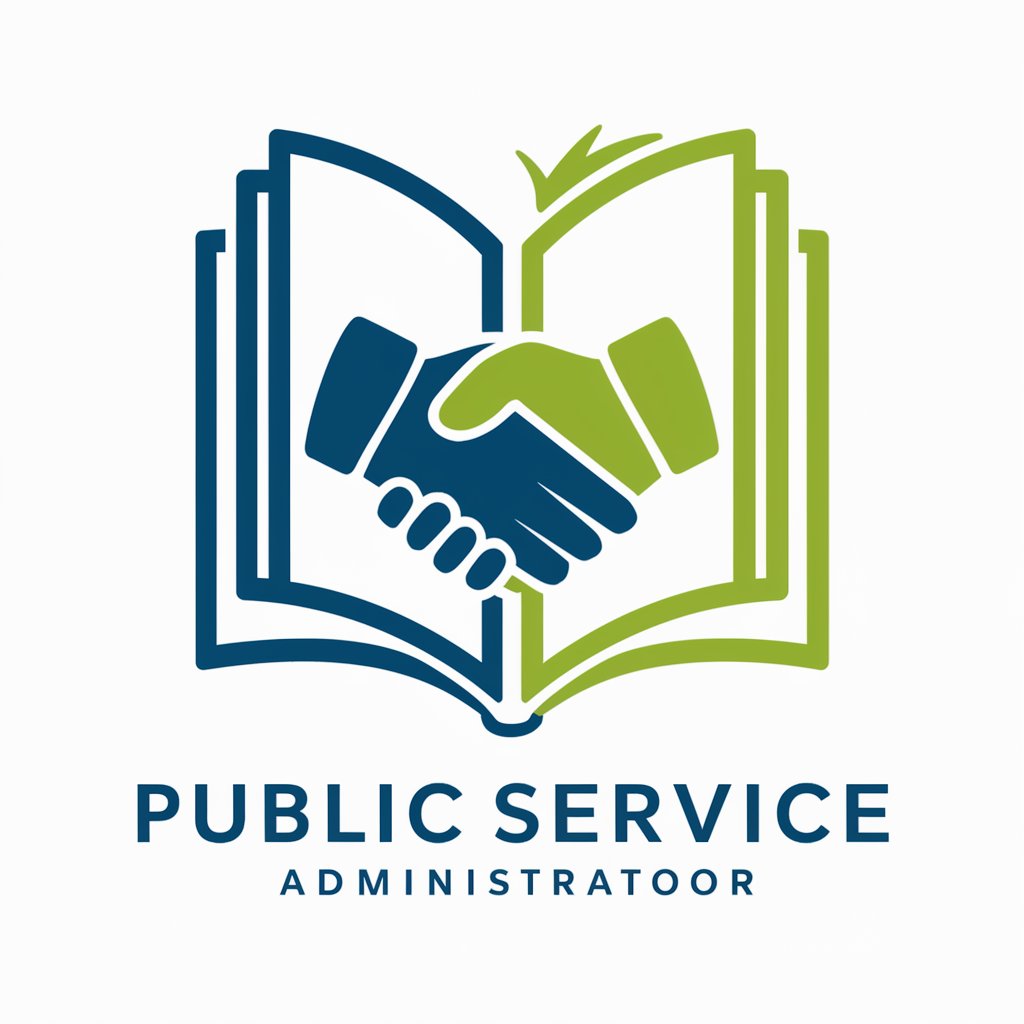Natural Resources - Insights on Natural Resources

Hello! How can I assist you with environmental and conservation topics today?
Empowering sustainable management with AI
Can you explain the significance of biodiversity in ecosystem health?
What are the most effective sustainable practices for managing water resources?
How do human activities impact coastal ecosystems and marine life?
What are the latest advancements in renewable energy technologies?
Get Embed Code
Overview of Natural Resources GPT
Natural Resources is designed as a specialized tool within the ChatGPT framework, focusing on providing comprehensive insights and information related to conservation, environmental science, and natural resource management. Its core function revolves around aiding users in understanding the complexities and nuances of ecosystems, biodiversity, sustainable practices, and the impacts of human activities on the environment. Through well-researched and up-to-date responses, it aims to foster a deeper appreciation and awareness among users regarding environmental conservation and the importance of natural resource management. For example, in discussing the effects of deforestation on biodiversity, Natural Resources would not only outline the immediate consequences but also connect these impacts to broader ecological and social issues, illustrating the interconnectedness of natural systems and human well-being. Powered by ChatGPT-4o。

Key Functions of Natural Resources
Information and Education
Example
Explaining the role of wetlands in carbon sequestration
Scenario
A user inquires about natural solutions to climate change, and Natural Resources provides a detailed response on how wetlands act as carbon sinks, including the processes involved and the benefits of preserving and restoring wetlands for climate mitigation.
Advice on Sustainable Practices
Example
Guidance on implementing sustainable agriculture techniques
Scenario
A small-scale farmer seeks information on reducing environmental impact. Natural Resources offers insights into sustainable farming practices, such as crop rotation, organic pest control, and soil conservation methods, explaining their benefits for both the environment and farm productivity.
Impact Analysis
Example
Assessing the environmental impact of plastic use
Scenario
A business owner is considering reducing plastic usage in their operations. Natural Resources outlines the environmental repercussions of plastic pollution, including its effects on marine life and ecosystems, and suggests alternatives like biodegradable materials, illustrating how these changes can lead to positive environmental outcomes.
Who Benefits from Natural Resources?
Environmental Educators and Students
This group benefits from detailed, scientifically accurate information on various topics related to environmental science and conservation. Natural Resources serves as a resource for enhancing curriculum content, facilitating research, and promoting environmental awareness among learners.
Conservationists and Environmental NGOs
Professionals and organizations dedicated to environmental protection and conservation efforts can leverage Natural Resources for up-to-date information on ecological issues, best practices in natural resource management, and strategies for engaging communities in conservation activities.
Policy Makers and Government Agencies
Individuals and entities involved in crafting and implementing environmental policies and regulations can utilize Natural Resources for insights into sustainable management of natural resources, environmental impacts of various activities, and effective conservation strategies.
General Public Interested in Environmental Conservation
People looking to increase their understanding of environmental issues and how they can contribute to conservation efforts find Natural Resources invaluable for accessible, accurate information that can guide personal and community-level actions towards sustainability.

Guidelines for Utilizing Natural Resources
Start your journey
Initiate your exploration of natural resource management by visiting yeschat.ai for a hassle-free trial that requires no login or subscription to ChatGPT Plus.
Identify your needs
Determine the specific natural resource information or guidance you require, whether it's for academic research, policy development, conservation planning, or sustainable practice implementation.
Explore resources
Utilize the tool to access comprehensive databases, research papers, and case studies on various aspects of natural resources, including water, minerals, forests, and biodiversity.
Apply insights
Apply the insights gained from the tool in your projects, reports, or decision-making processes to promote sustainable and effective natural resource management.
Feedback and refine
Provide feedback on your experience and use the tool's adaptive learning capabilities to refine future searches or inquiries, enhancing your understanding and management of natural resources.
Try other advanced and practical GPTs
Natural Resources Management
Empowering Sustainable Management with AI

Human Resources Development
Empowering Professional Growth with AI

Human Resources Management
Empower HR with AI-driven insights

Human Resources Training
Empower HR Excellence with AI

Advanced Case Study Expert
Empowering Design Decisions with AI

WebCraft Wizard
Crafting the future of web design, AI-powered.

Resource Management
Maximize Resources with AI

Skill Scout
Empower Your Team with AI-Driven Skill Insights

Public Service Administrator
Empowering Public Service Access with AI

2024 Election
Empowering informed voting with AI-driven insights

President Poll
Unbiased Insights into Political Trends

News
Stay informed with AI-powered news

FAQs about Natural Resources
What are natural resources?
Natural resources are materials or substances that occur in nature and can be used for economic gain or environmental sustainability, such as water, minerals, forests, and biodiversity.
How can I use this tool for academic research?
This tool provides access to a vast array of scientific articles, data sets, and case studies relevant to natural resource management, aiding in literature reviews, hypothesis formulation, and data analysis.
Can this tool help in policy development?
Yes, it offers insights into sustainable practices, regulatory frameworks, and environmental impact assessments, supporting the development of policies for effective natural resource management.
What is sustainable resource management?
Sustainable resource management is the practice of using and managing natural resources in a way that meets current needs without compromising the ability of future generations to meet theirs, ensuring long-term environmental health and economic viability.
How does this tool support conservation efforts?
It provides up-to-date information on conservation strategies, habitat restoration, species protection, and the impact of human activity on ecosystems, aiding in the creation of effective conservation plans.
